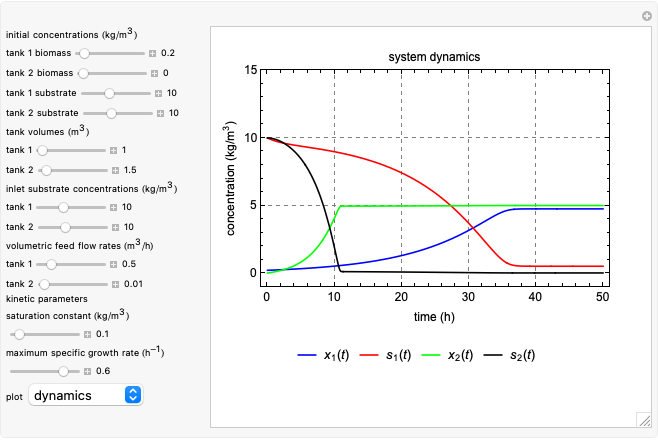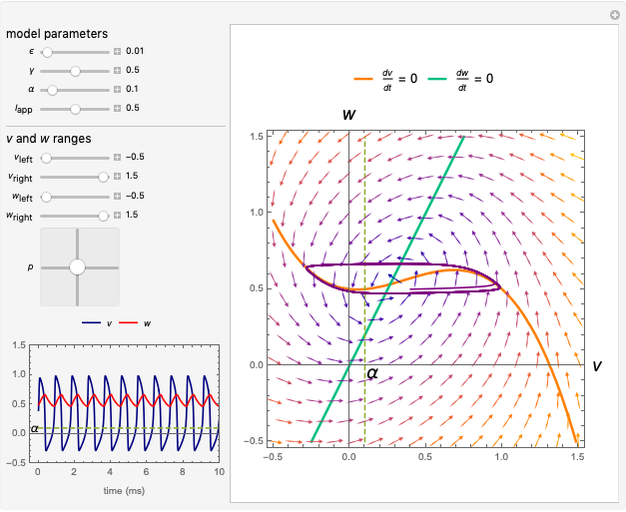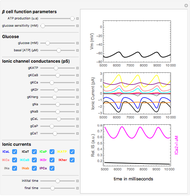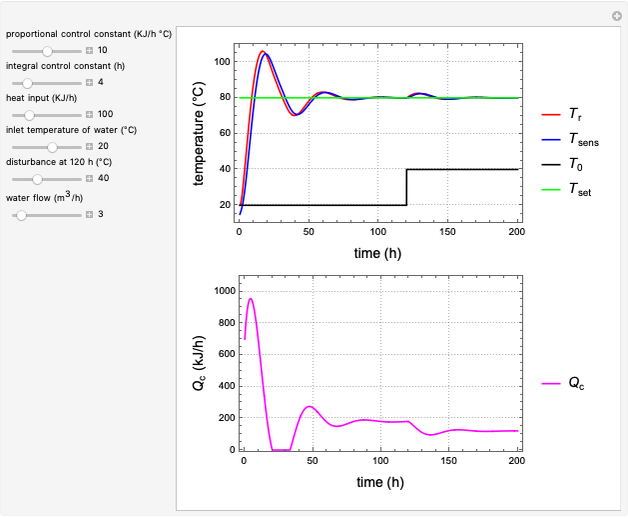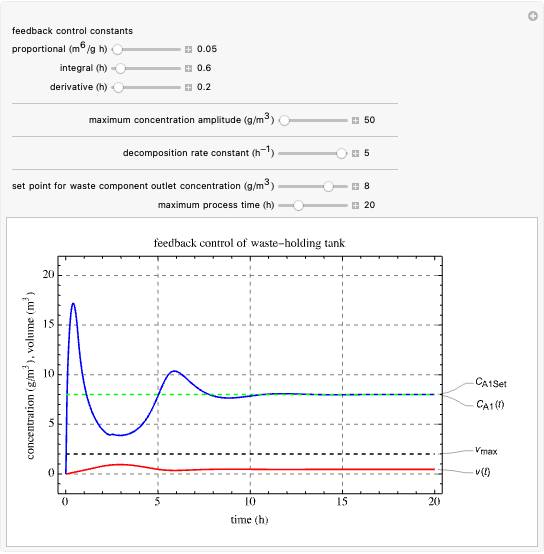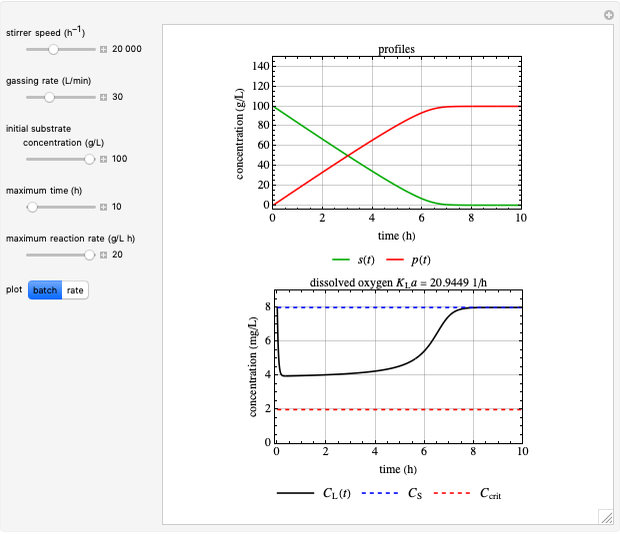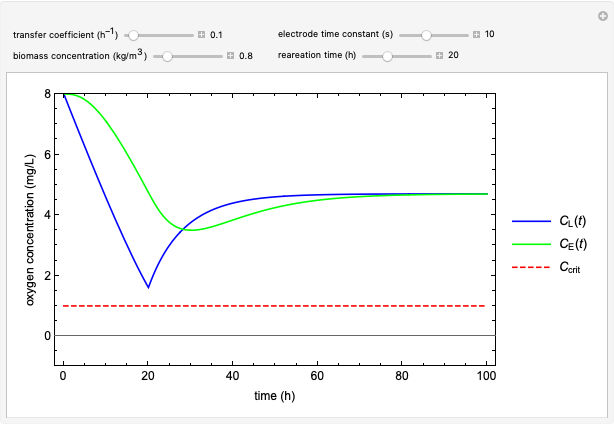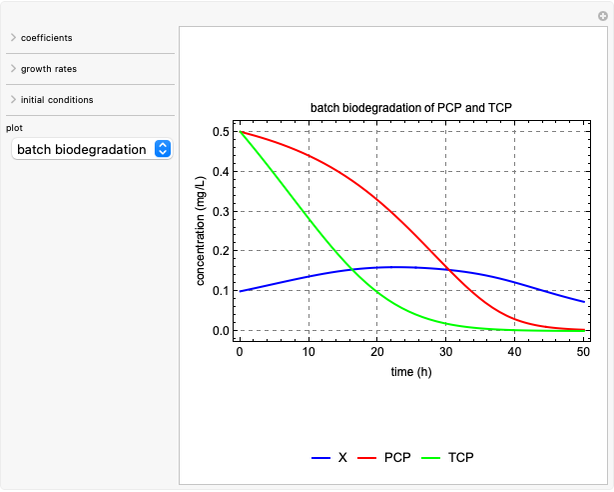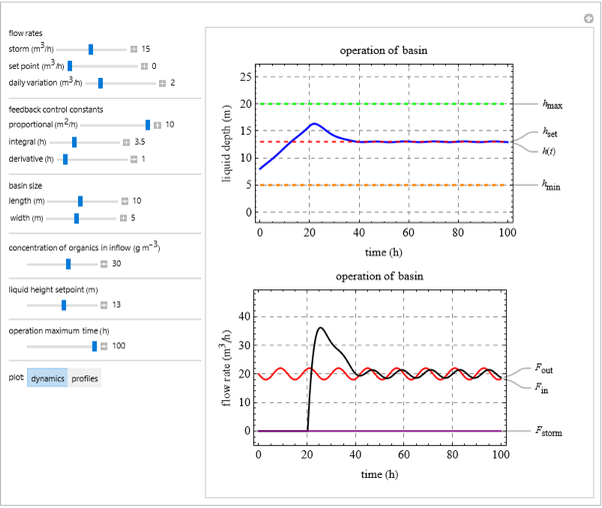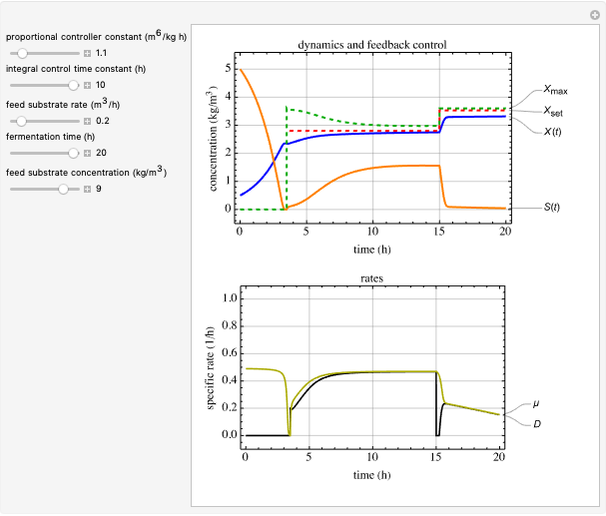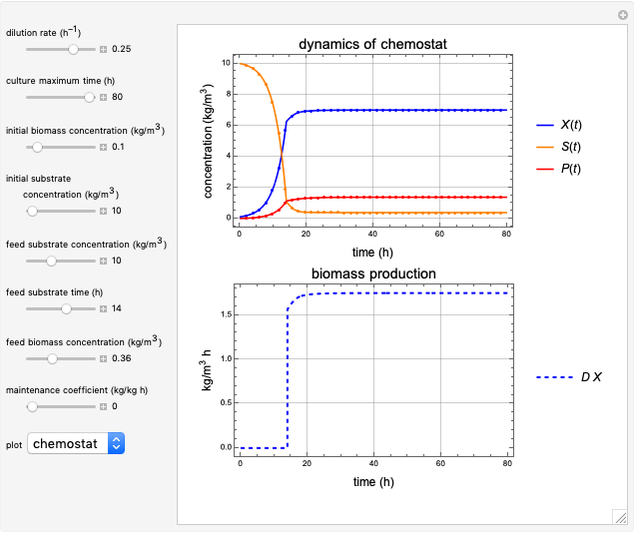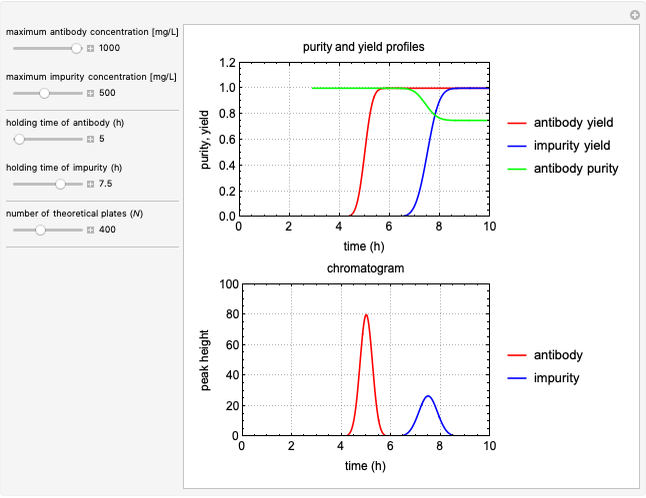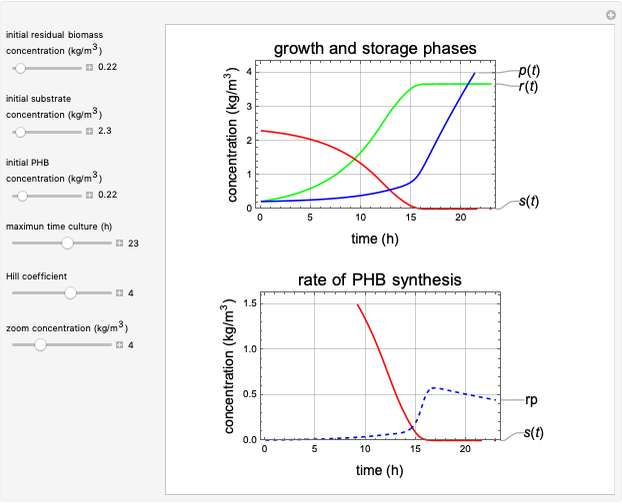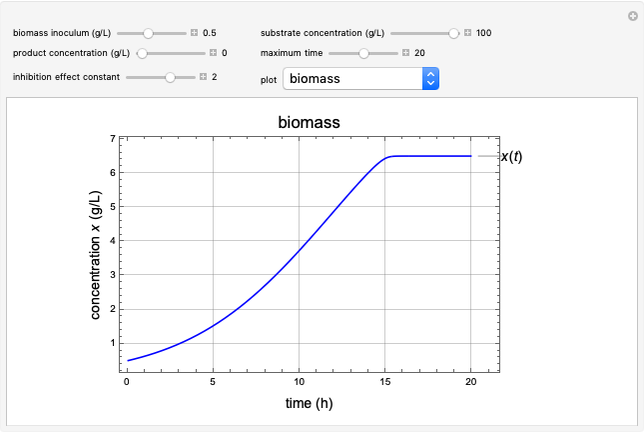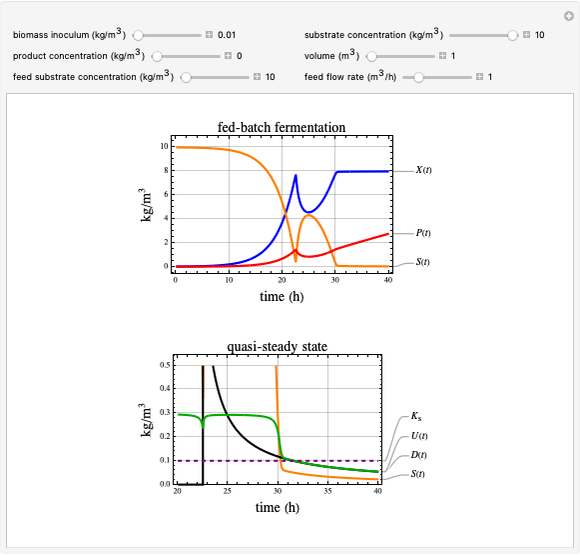Dynamics of an Equalization Agitated Tank

Requires a Wolfram Notebook System
Interact on desktop, mobile and cloud with the free Wolfram Player or other Wolfram Language products.
The flow rate and concentration of wastewater are variable during the course of the day, and also depend on the time of year. If the flow rate is too high, loss of microorganisms by washout may occur in secondary treatment processes. If the flow rate is too low, the lack of nutrients leads to a reduction of microorganism population. Wastewater entering a treatment plant usually flows first into a basin (a large agitated tank). Accordingly, the flow rate out of the basin is maintained at a constant level or between prescribed limits in order to keep subsequent processes within prescribed limits. The equalization tank also reduces the effect of toxic shocks on the biological processes within the main treatment plant.
Contributed by: R. Ricardo Sánchez (August 25)
Open content licensed under CC BY-NC-SA
Details
Notation:
 : depth of water at time
: depth of water at time  (m)
(m)
 : maximum depth of water in basin (m)
: maximum depth of water in basin (m)
 : minimum depth of water in basin (m)
: minimum depth of water in basin (m)
 : concentration of organics in tank (
: concentration of organics in tank ( )
)
 : concentration of bacteria in wastewater (
: concentration of bacteria in wastewater ( )
)
 : saturation constant (
: saturation constant ( )
)
 : storm flow rate (
: storm flow rate ( )
)
 : volumetric flow rate into basin (
: volumetric flow rate into basin ( )
)
 : volumetric flow rate out of basin (
: volumetric flow rate out of basin ( )
)
 : proportional control constant (
: proportional control constant ( )
)
 : integral control constant (h)
: integral control constant (h)
 : derivative control constant (h)
: derivative control constant (h)
Reference
[1] J. B. Snape, I. J. Dunn, J. Ingham and J. E. Prenosil, Dynamics of Environmental Bioprocesses: Modelling and Simulation, New York: VCH, 1995.
Snapshots
Permanent Citation






